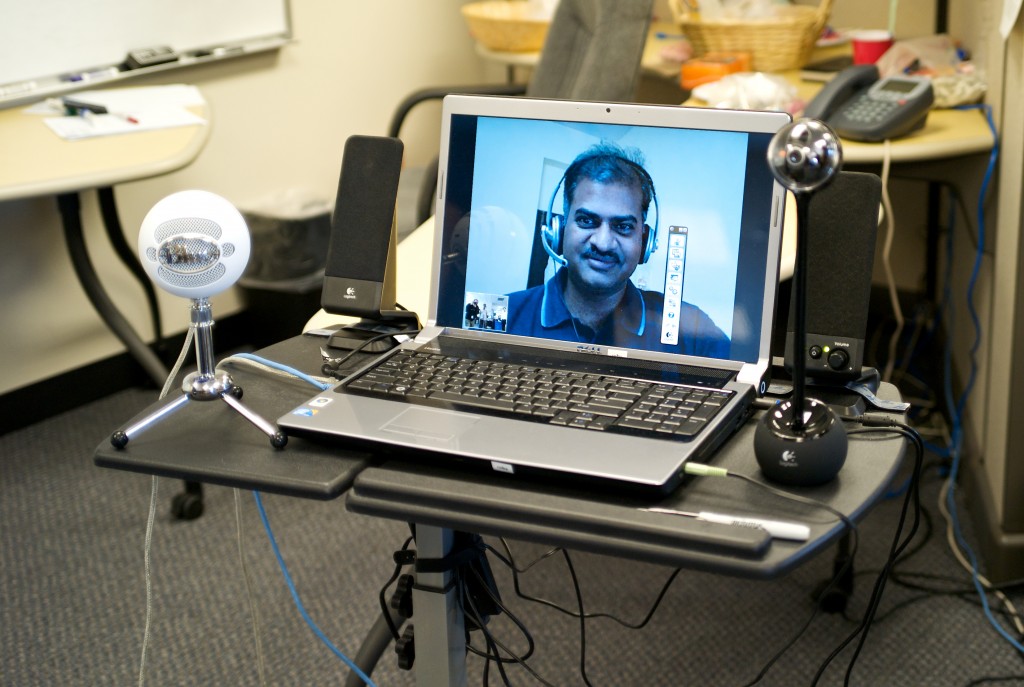In this talk Lisa Crispin (@lisacrispin) and Janet Gregory (@janetgregoryca) presented some major issues they learned about since they published their book Agile Testing some years ago.
These topics are:
- Feature Acceptance
- Test Automation
- Large Organisations with Multiple Teams
- Distributed Teams
- Culture
- Continous Learning
Feature Acceptance
You should try to get acceptance for the features, one by one; you should start with the hightest prioritized feature, then go down from the top. Try to understand the business value of a feature to help prioritizing. Acceptance tests should be created on feature level. As a starting point, ask the Product Owner for a story to test the feature, then begin with adding feature tests. Always define a „story done“ and a „feature done“, which might be on different levels
Test Automation
To overcome „impossible“ challenges, collaboration is needed. The solution that works for you is highly dependend on your structure and context, absolutes can not be made.
You should adapt the testing pyramid to your needs.
Automated tests as documentation is the only documentation guaranteed to be always up to date (as long as the tests run green).
More on „Living Documentation“ to find from Gojko Adzic (@gojkoadzic) and David Evans (@DavidEvans66).
Large Organisations with Multiple Teams
You’re not the only team, you should extend your family beyond project teams. When working with different teams, consider that they have/ develop different applications, as well as they have different impacts, this should influence your testing
Distributed Teams
To work succesfully, you should establish relationships between people, because collaborat is much easier and efficient then. Also you should pair with your colleagues abroad, to be even more integrated. Also you should experiment and try new things, about what might work for your team, and what doesn’t.
An essential factor for success here is taking advantage of technology, as example Lisa presented the audience how her team (US based) connects to their colleague Nanda in India: At the US-office, they have a rollable table, with a laptop on it, which is connected to a webcam and a high quality microphone; this way they can move „him“ around, e.g. for meetings and discussions, and via the microphone Nanda is able to listen what happens in there room and he notices if there’s a discussion ongoing he should join. (More on Lisa’s blog: Virtual Team Member Dolly)

Culture
Lisa and Janet pointed out that culture is even more important then they thought.
You should create a culture of personal safety, and where people are allowed to make mistakes. Even more: You should celebrate your failures, and take them as an opportunity to learn from them.
Continous Learning
You should take advantage of learning opportunities as they drop in. Good ressources for learning are e.g. weekend testing, code retreats and testing dojos. To learn you should also have conversations with different kind of people, e.g. the Business Analysts. In general you should be open to innovate, play and observe, and as an essential skill for a tester, keep your curiousity.
Update: Lisa was so kind to publish the slides of their talk: Download